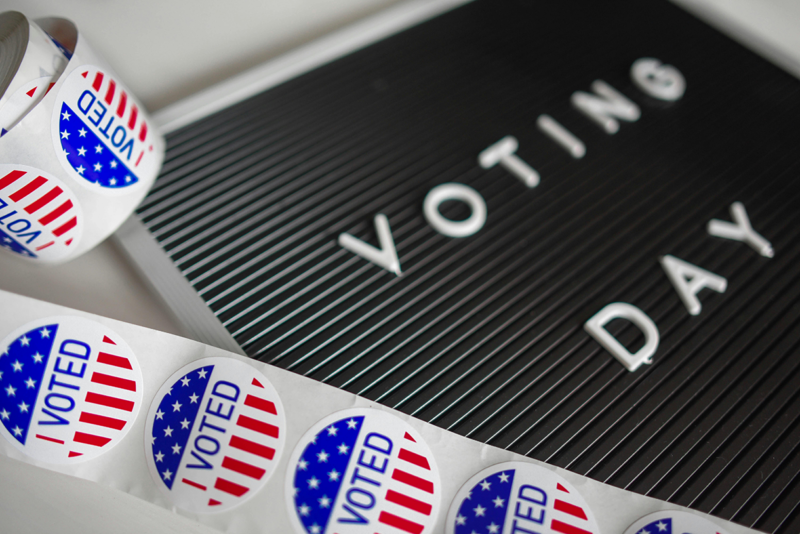
The United States’ election process is a cornerstone of its democratic system, allowing citizens to choose their leaders and influence the direction of the country. Understanding this complex yet fascinating process offers insight into how the world’s oldest democracy operates.
1. The Structure of U.S. Elections
U.S. elections occur at three primary levels: federal, state, and local. Federal elections include choosing the President, members of Congress, and state-level offices like governors. Local elections cover a wide range of roles, from mayors to school board members, directly affecting community policies.
2. The Presidential Election Process
Primary Elections: The journey to the White House begins with the primaries and caucuses, where political parties select their candidates. This phase is crucial, as candidates need to secure delegates—party representatives who vote on the nominee at the national convention.
National Conventions: Each major party holds a convention to formally nominate their presidential candidate. This event also sets the stage for the general election, as candidates rally support and outline their platforms.
General Election Campaign: Once the nominees are set, they embark on a nationwide campaign to win voters. This phase includes debates, advertising, and grassroots efforts to sway public opinion.
Election Day: Held every four years on the first Tuesday in November, Election Day is when citizens cast their votes for President and other federal offices. The outcome is determined by the Electoral College.
3. The Electoral College: A Unique System
Unlike most countries that use a direct popular vote, the U.S. employs the Electoral College, where 538 electors cast votes based on state results. Each state’s number of electors equals its congressional representation. Winning 270 or more electoral votes secures the presidency.
4. The Congressional Election Process
Congress, the legislative branch, consists of the House of Representatives and the Senate. House members serve two-year terms, with all 435 seats up for election every cycle. Senators serve six-year terms, with about one-third of the 100 seats contested every two years.
5. Voter Participation and the Role of Technology
Voter registration and participation vary widely across states, with some states allowing early and absentee voting to increase turnout. Advances in technology have streamlined registration processes and provided online resources for voters, making it easier to participate.
6. Challenges and Future of U.S. Elections
U.S. elections face challenges such as concerns about security, misinformation, and accessibility. However, ongoing reforms and innovations aim to enhance the integrity and inclusivity of the election process, ensuring it remains a fair and essential part of American democracy.
In conclusion, the U.S. election process embodies the spirit of democracy, allowing citizens to have a voice in government. Despite its complexities, it’s a vital system that continues to evolve, reflecting the values and aspirations of the American people.







